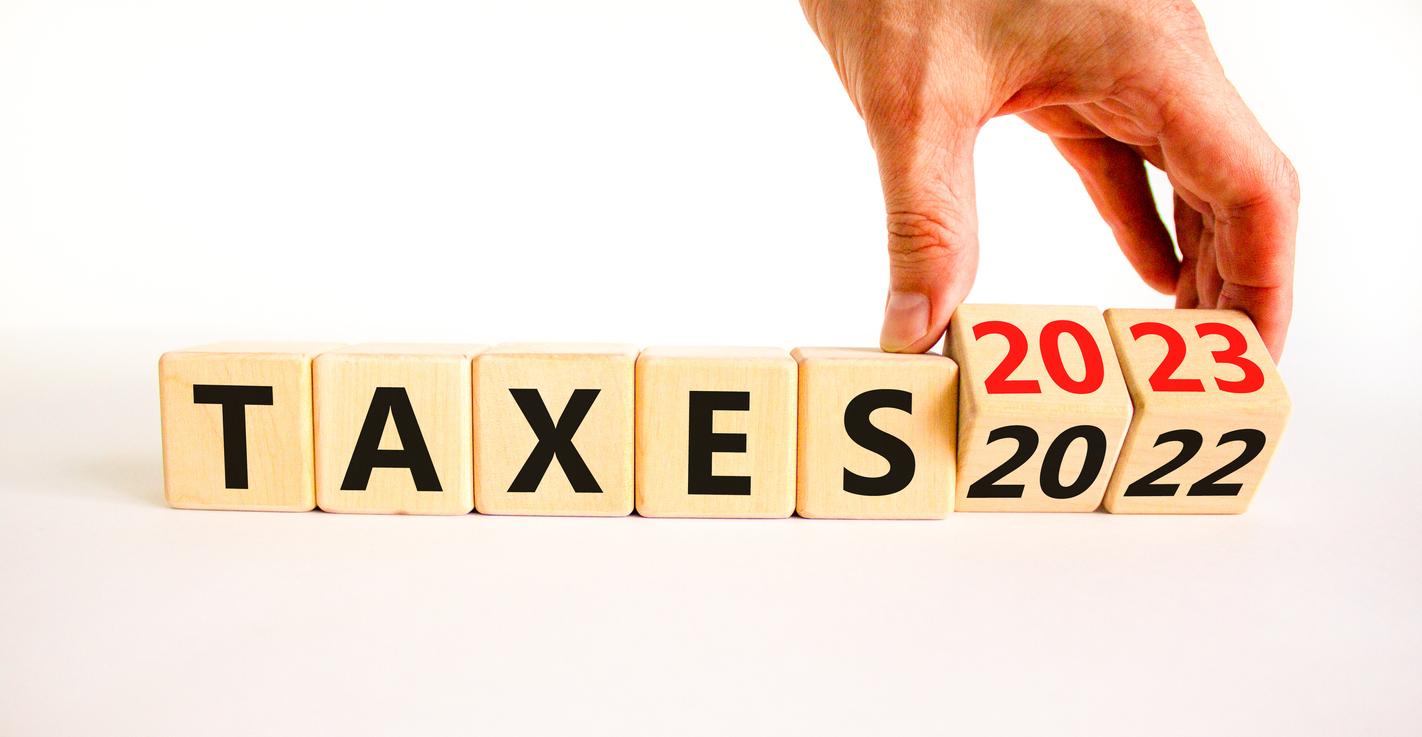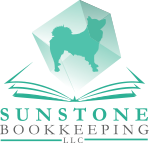
Much like the days of early January bring about thoughts of making life changes in the wake of the Holiday Season, the aftermath of Tax Season sparks in many people thoughts of improving their financial situation and management.
Here’s our short list for the self-employed small business owner. You are one of these if you are a sole-proprietor (including a single member LLC or independent contractor), a partner in a partnership, or a member of a multi member LLC. (Yes, this includes you side-hustlers and gig-economy entrepreneurs!)
Avoid a big tax bill in April – Make your estimated self-employment tax payments!
First, you should be reviewing your financial results routinely. Quarterly is good, monthly is better.
Second, know your payment periods and deadlines for payment:
| Payment Period | Payment Deadline |
| January 1 to March 31 | April 15 |
| April 1 to May 31 | June 15 |
| June 1 to August 31 | September 15 |
| September 1 to December 31 | January 15th of following year |
Third, put it in your calendar to calculate your net income for each payment period and the amount of your self-employment tax. This process has the added benefit of forcing you to keep your books in order so you aren’t scrambling (AGAIN!) every single March.
The calculation is straightforward: Multiply your quarterly net earnings by 92.35%, then multiply that amount by 15.3%.
Fourth, send in the payment. The easiest thing in the long run is to set up your online account with the IRS and then you can submit your payment electronically. If you prefer to mail a check, send it a week ahead of the deadline. However, an electronic payment doesn’t depend on how well-funded or overworked the USPS is at any particular time. You can find more info at this link: https://www.irs.gov/taxtopics/tc554
Get smart at keeping your books in order!
You don’t need to get an accounting degree to be an intelligent user of your financial information. We recommend Finance and Accounting for Nonfinancial Managers: All the Basics You Need to Know Paperback by William G. Droms as a good starting point (here’s an admission: this book helped us when we were working on our MBAs). There are other similar books to help you out too if that one doesn’t appeal to you. We’d also say to “watch this space” as we’re working on our own course to help you appreciate the form and function of your financial information.
Get smart on tax deductions!!
Knowing what’s deductible is the first step and then you just keep receipts. Don’t like a pile of paper in the corner or a cardboard box overflowing with receipts? Use your smart phone and take a picture of the receipt and store it in the cloud. It’s simple.
To get knowledgeable on the basics of tax-deductible small business expenses, we recommend the following free IRS Publications as a good start (bonus: these resources are relatively easy to read):
Publication 334, Tax Guide for Small Business
Publication 535, Business Expenses
Publication 583, Starting a Business and Keeping Records
In addition, we recommend Tax Savvy for Small Business as a comprehensive primer on the topic if you want a one-stop guide and don’t want to wade through the IRS website. In addition to many of the basics covered in the above IRS publications, this book also provides guidance on pros-and-cons of various business structures, retirement plan options, and dealing with IRS examinations.
